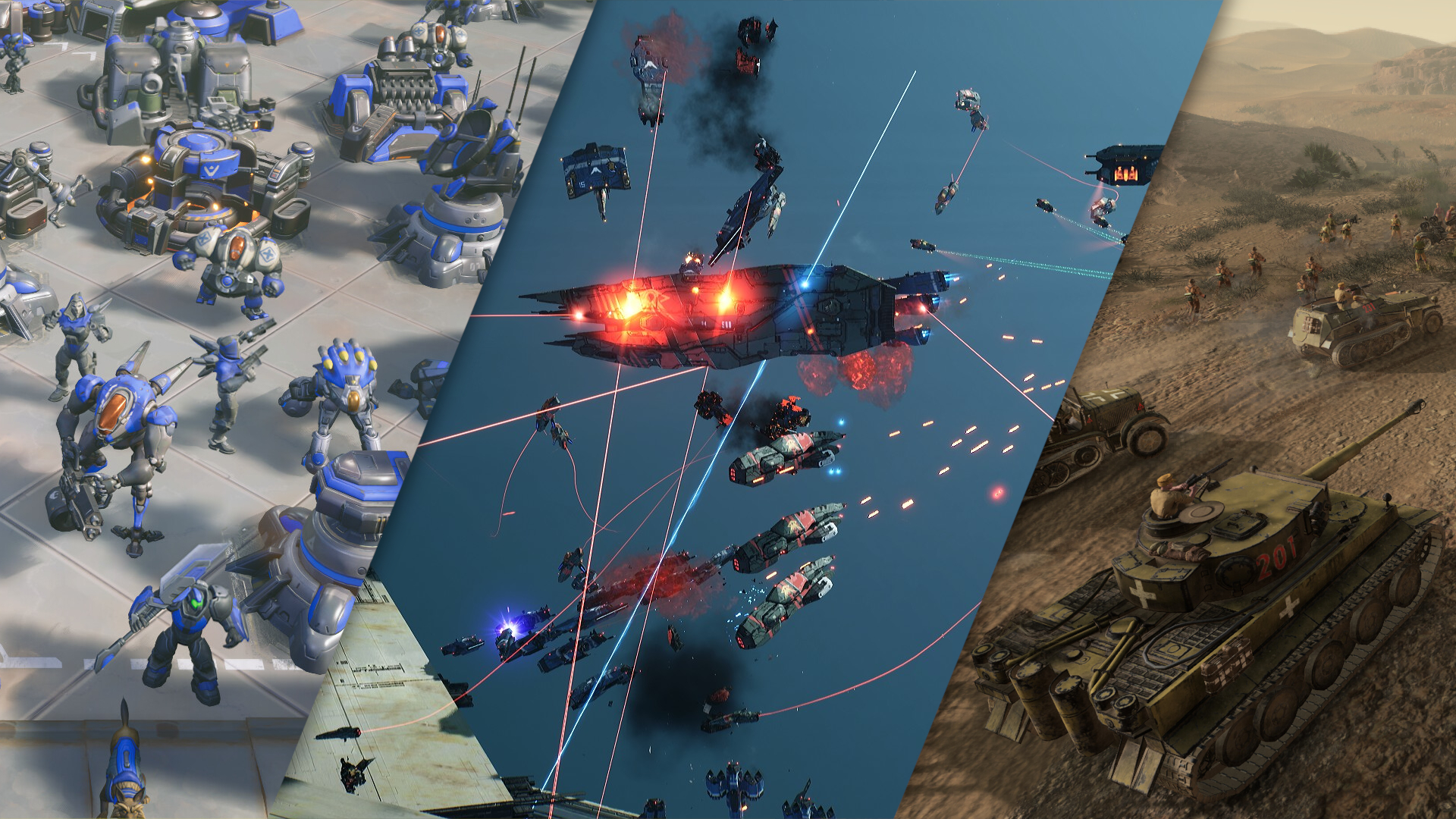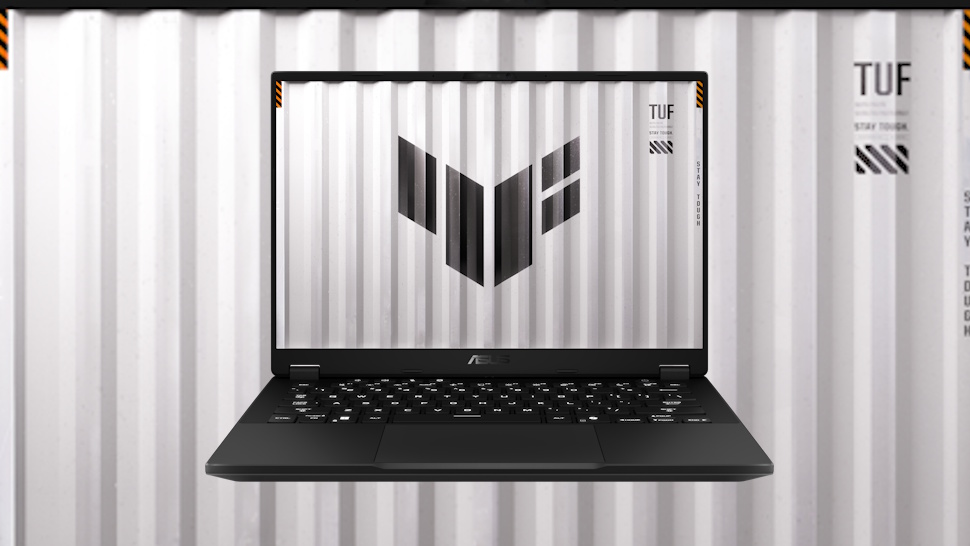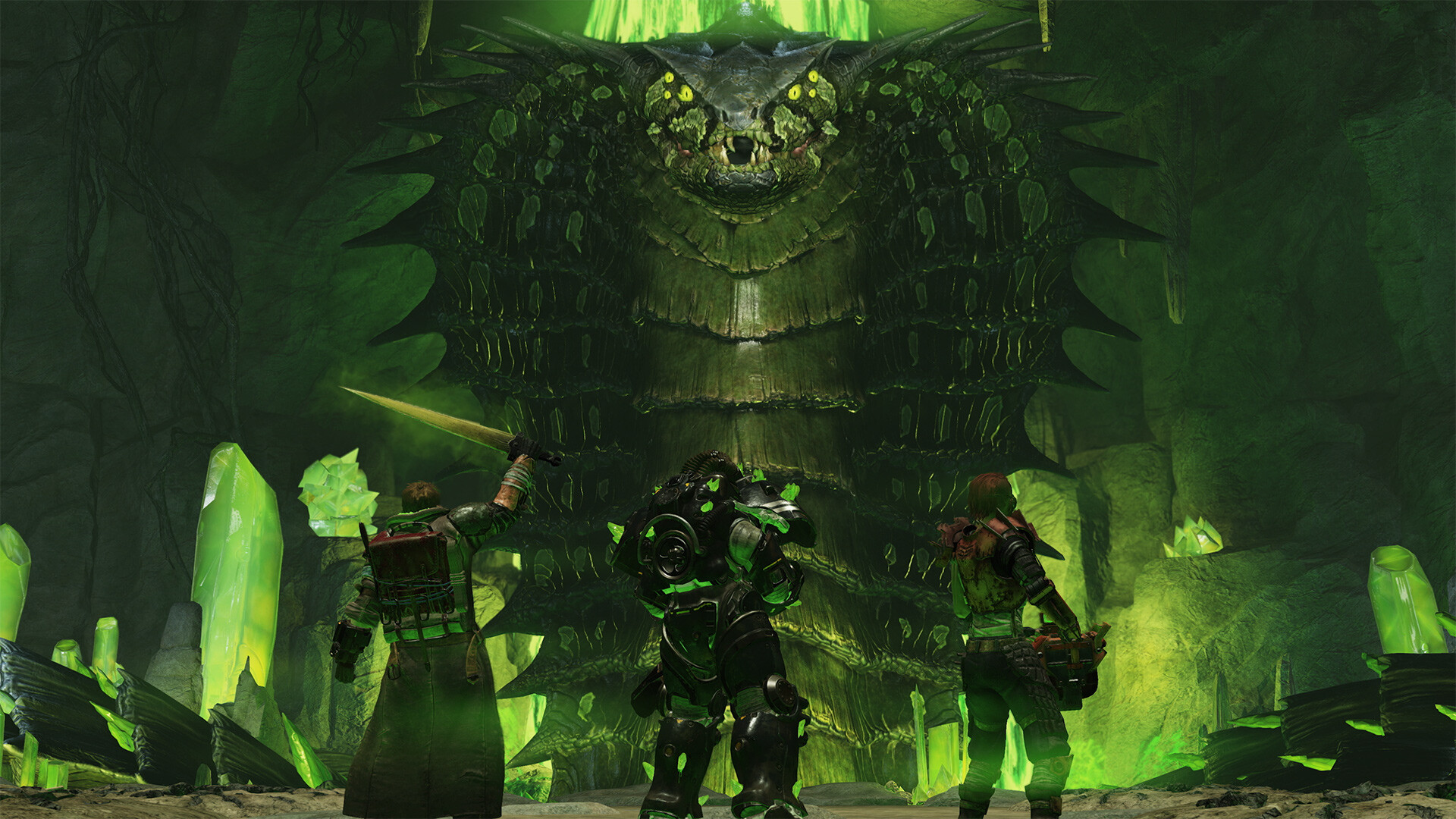
The RTS renaissance never happened and probably never will.
Four years ago, I looked at the once mighty RTS—the genre that had, throughout the ’90s and early ’00s, so dominated my free time—and questioned whether it could ever come back from the brink of death. Only a small number of developers seemed to remember it existed, and 2010’s StarCraft 2 remained its last great success story. “The genre needs a spark,” I said, “but lately we’ve just been blowing on dying embers.” Two years later, I’d done a 180.
“Real-time strategy is back from the brink of death,” I proclaimed prematurely. So naive. So filled with hope. But with good reason. Homeworld 3, Company of Heroes 3, Tempest Rising, Stormgate, Dune: Spice Wars, The Great War: Western Front—so many exciting games on the horizon, in all sorts of different configurations. It was dizzying. And this list just scraped the surface. I’d never been happier to be proven wrong.
And now I’ve never been more disappointed to be proven right. This has not been a comeback. The RTS might not be dead yet, but it’s still in rough shape.
Reality check
(Image credit: Sega)
Company of Heroes 3 landed with a thud. The missions were spectacular—a triumph of smart tactical systems and stunning cinematic flair—but the much-touted dynamic campaign was rubbish. I loved it despite its flaws, but over a year later it’s been unable to shift its Mixed rating on Steam. Relic continues to support it and there’s still life in the multiplayer, but its 11-year-old predecessor has more people playing it. Between this and Dawn of War, 3 seems to be a cursed number for Relic.
At least it’s in a better state than Homeworld 3. The fully 3D space battles and striking aesthetic meant I still had a good time with it, but this long, long-awaited sequel had none of the original games’ storytelling chops, its roguelike Wargames mode was an absolute dud and the multiplayer is already dead. And while I still found plenty to like about it—while acknowledging that it cannot compare to its incredible predecessors—most players absolutely did not, garnering it a Mostly Negative Steam rating.
There’s perhaps some hope for Stormgate, which is still in development. It ain’t looking too hot right now, though, following its lacklustre early access launch. Honestly, I don’t think early access is the right move for an RTS, especially one so focused on multiplayer, which needs polish and balance that you just can’t get when it’s still cooking. Frost Giant has also made the mistake of forgetting that, despite StarCraft—one of its primary inspirations, along with Warcraft 3—being an esports sensation, real-time strategy has always attracted more singleplayer fans. A good campaign is critical, and a couple of iffy missions aren’t gonna cut it.
(Image credit: Petroglyph Games)
The long list of recent RTS launches largely sways between all right to good, but we’ve been missing a major success—a buoy to keep the genre afloat.
The long list of recent RTS launches largely sways between all right to good, but we’ve been missing a major success—a buoy to keep the genre afloat. The Great War was a valiant attempt to untangle World War I, but it was just too conservative. Dune: Spice Wars was pretty well received and had some novel ideas in its hybridisation of the 4X and RTS genres, but it’s not an especially memorable example of either of them. We also got Warhammer: Age of Sigmar: Realms of Ruin, a game with too many colons that failed to leave a mark, and Men of War 2, a perfectly serviceable if uneven alternative to Company of Heroes 3.
Crucially, none of these games really inspire return trips. The best RTS games keep calling you back to replay their best missions, engage in a good old fashioned comp stomp or brawl with pals. With this lot, the compulsion just isn’t there.
I do still have high hopes for C&C-inspired Tempest Rising, which I called a “dream RTS for Command & Conquer vets” after I became obsessed with the demo. After playing only two missions, I was snared. But that’s all the demo provided, and it’s faced significant delays and no longer has a release date.
(Image credit: Stardock)
There’s been one bright spot. Sneaking in just this month we got Sins of a Solar Empire 2, a genuinely great RTS that maintains everything that was so exceptional about its predecessor while spitting out fresh novelties like its headline feature: dynamic maps that shift according to their celestial mechanics. It reviewed well, players are happy, and there’s a solid multiplayer community, but I suspect that its lack of campaign might hold it back from growing into the kind of genre-supporting behemoth that the most influential Golden Age RTS games became.
Really, though, there needs to be more than one game giving the genre the breath of life. The genre’s ’90s heyday was driven by the competition between Blizzard and Westwood. With each new game, they tried to one-up each other, developing new systems and tricks while pushing tech, storytelling and UI design forward. And all around them were imitators and innovators. Total Annihilation experimented with scale, Age of Empires took notes from Civilization, Homeworld gave us unshackled 3D space combat. Within a decade we witnessed an unbelievable amount of growth and iteration.
Something old, something new
(Image credit: Petroglyph )
Perhaps distance has made it easier for us to create a narrative out of the Golden Age, but the genre did feel more cohesive back then. You can see this clear line of progression from things like Dune 2 to Warcraft 3. Now things are a bit more chaotic, with developers desperately trying to find a hook, a unique angle to draw players in, something that says “Look, the RTS is back and cool again and doing interesting things”. There has been some genuine innovation, but not enough to propel the RTS forward. And all these games feel like they’re being designed in a vacuum. When they are inspired, it’s by the old classics, so we no longer have this environment where contemporaries elevate each other.
My concern now is that there have been so few successes that we’re just heading straight back into an RTS Dark Age, where the risk just doesn’t seem worth it. The arguments against them are already being made. Tastes have changed. The genre has been lying fallow for too long and people just aren’t that into it anymore. Our expectations are so much greater than they once were. But I don’t think this stands up to scrutiny.
2019’s Age of Empires 2: Definitive Edition, for instance, was extremely well received, and five years on is considerably more popular than any of the modern games that have come out since. This is a 25-year-old game with an HD upgrade and some new campaigns, and it’s kicking everyone’s arse. Though not quite as enduringly popular, 2020’s Command & Conquer: Remastered Collection also garnered a great deal of praise at launch, and it has as many, if not more, players than the new kids. Next week, Age of Mythology: Retold will be out, and we’ll see if the trend continues. These classics were not just great games for their time; they remain great.
(Image credit: Microsoft)
What this does imply, though, is that while the audience is still there, it’s an old one. These remakes and remasters have done well because RTS veterans want to relive the good old days. It’s also why there’s a lot of anticipation for Tempest Rising. A lot of folks on the cusp of middle age and beyond really miss Command & Conquer. What we don’t have is something building a new audience—something to attract PC gamers who joined the hobby after the RTS downturn.
What we don’t have is something building a new audience.
And I don’t think that’s going to change. Sure, we’ll probably get to dine on some quality fare occasionally, and the genre will be able to coast on nostalgia for a while longer, but I fear that’s as good as it’s going to get. I find it incredibly hard to imagine us ever getting back to the point where multiple real-time romps end up in GOTY lists, rubbing shoulders with all those RPGs, shooters and open world games. And that’s pretty depressing.
Four years ago, I wondered if the RTS could come back from the brink of death. And now I’m pretty sure I have my answer.






